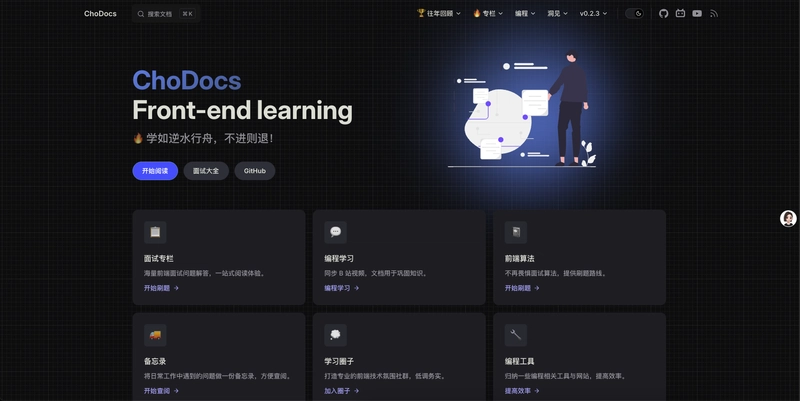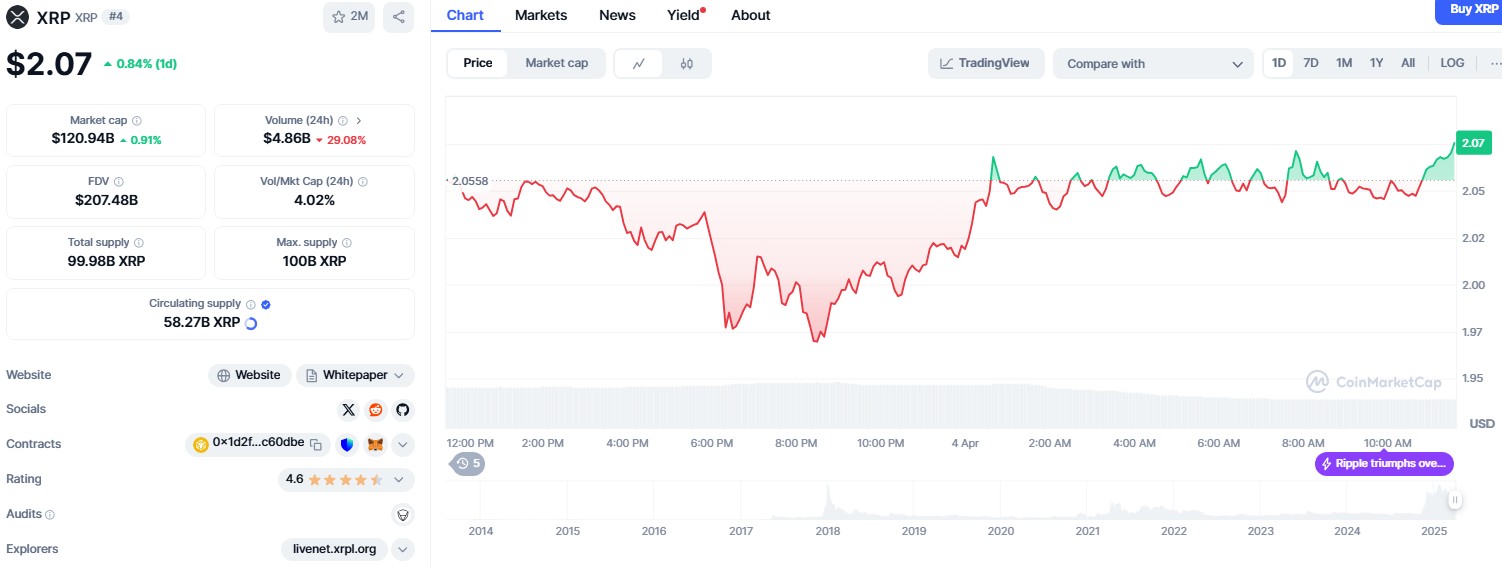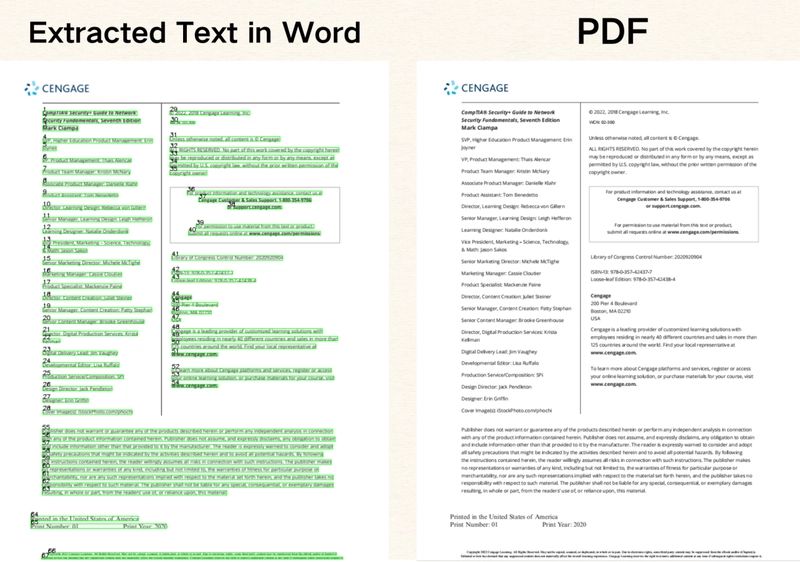Keeping Your Services Up and Running: A Friendly Guide to High Availability
Imagine you're running an online store. Customers expect your website to be available 24/7. If your site crashes even for a few minutes, you lose sales and credibility. High availability (HA) is all about ensuring that systems remain operational for as much time as possible, reducing downtime to a minimum. Availability is usually expressed as a percentage, with terms like "five nines" (99.999% uptime) being the gold standard. Achieving this level of reliability means designing systems with built-in redundancy, failover mechanisms, and fault tolerance. The Classic Approach: Traditional High Availability For years, businesses have followed a standard approach to high availability, especially in traditional, monolithic architectures. A common setup includes: Multiple web servers behind a load balancer Redundant application servers to handle business logic A clustered or replicated database to ensure continuous data access By duplicating key components and ensuring that failures can be detected and managed automatically, systems can avoid single points of failure. In on-premises setups, this often extends to having multiple data centers with synchronized data. Modern HA: The Cloud-Native Way With the rise of containerization and microservices, high availability has taken a new form. Instead of running a few large servers, organizations now operate with distributed, self-healing systems: Containers and Orchestration: Instead of keeping spare servers waiting, Kubernetes and similar platforms spin up new instances dynamically when needed. Service Redundancy: Microservices architecture ensures that even if one component fails, the entire application doesn't go down. Distributed Databases: Modern databases replicate across multiple locations, reducing the risk of data loss and downtime. Rather than manually handling failures, cloud-native systems rely on automation to detect issues and shift traffic to healthy instances seamlessly. The Role of Cloud Providers Public cloud platforms like AWS, Azure, and Google Cloud offer built-in solutions for high availability: Availability Zones: Data centers spread across different locations to protect against localized failures. Regional Redundancy: Services can be deployed in multiple geographic regions for added resilience. Auto-Scaling: Cloud platforms can automatically add or remove resources based on traffic loads, ensuring smooth operation even during peak demand. By leveraging these built-in cloud capabilities, businesses can achieve high availability without managing infrastructure manually. Designing for Resilience: Best Practices Want to ensure your application stays online no matter what? Keep these best practices in mind: Eliminate Single Points of Failure – Always have backups for critical components. Implement Load Balancing – Spread traffic across multiple instances to prevent overloading. Use Health Checks – Automatically detect and replace failing instances. Leverage Auto-Scaling – Adjust resource allocation based on real-time demand. Distribute Across Regions – Protect against regional outages by deploying in multiple locations. Ensure Data Redundancy – Use replication and backups to prevent data loss. Handling Failures Gracefully Even with the best planning, failures happen. The key is graceful degradation—ensuring that even when things go wrong, users still get a working (if limited) experience. This might mean serving cached content during a database outage or rerouting requests to backup services. Final Thoughts High availability isn't just a fancy tech term—it's a critical part of delivering a reliable service. Whether you're working with traditional architectures or modern cloud-native systems, redundancy, automation, and strategic planning are the keys to keeping your applications running smoothly. By leveraging cloud technologies, adopting best practices, and designing with resilience in mind, businesses can ensure that downtime is kept to an absolute minimum. And that means happy users, smooth operations, and no frantic midnight firefighting sessions! I’ve been actively working on a super-convenient tool called LiveAPI. LiveAPI helps you get all your backend APIs documented in a few minutes With LiveAPI, you can quickly generate interactive API documentation that allows users to execute APIs directly from the browser. If you’re tired of manually creating docs for your APIs, this tool might just make your life easier.

Imagine you're running an online store.
Customers expect your website to be available 24/7.
If your site crashes even for a few minutes, you lose sales and credibility.
High availability (HA) is all about ensuring that systems remain operational for as much time as possible, reducing downtime to a minimum.
Availability is usually expressed as a percentage, with terms like "five nines" (99.999% uptime) being the gold standard.
Achieving this level of reliability means designing systems with built-in redundancy, failover mechanisms, and fault tolerance.
The Classic Approach: Traditional High Availability
For years, businesses have followed a standard approach to high availability, especially in traditional, monolithic architectures.
A common setup includes:
- Multiple web servers behind a load balancer
- Redundant application servers to handle business logic
- A clustered or replicated database to ensure continuous data access
By duplicating key components and ensuring that failures can be detected and managed automatically, systems can avoid single points of failure.
In on-premises setups, this often extends to having multiple data centers with synchronized data.
Modern HA: The Cloud-Native Way
With the rise of containerization and microservices, high availability has taken a new form.
Instead of running a few large servers, organizations now operate with distributed, self-healing systems:
- Containers and Orchestration: Instead of keeping spare servers waiting, Kubernetes and similar platforms spin up new instances dynamically when needed.
- Service Redundancy: Microservices architecture ensures that even if one component fails, the entire application doesn't go down.
- Distributed Databases: Modern databases replicate across multiple locations, reducing the risk of data loss and downtime.
Rather than manually handling failures, cloud-native systems rely on automation to detect issues and shift traffic to healthy instances seamlessly.
The Role of Cloud Providers
Public cloud platforms like AWS, Azure, and Google Cloud offer built-in solutions for high availability:
- Availability Zones: Data centers spread across different locations to protect against localized failures.
- Regional Redundancy: Services can be deployed in multiple geographic regions for added resilience.
- Auto-Scaling: Cloud platforms can automatically add or remove resources based on traffic loads, ensuring smooth operation even during peak demand.
By leveraging these built-in cloud capabilities, businesses can achieve high availability without managing infrastructure manually.
Designing for Resilience: Best Practices
Want to ensure your application stays online no matter what? Keep these best practices in mind:
- Eliminate Single Points of Failure – Always have backups for critical components.
- Implement Load Balancing – Spread traffic across multiple instances to prevent overloading.
- Use Health Checks – Automatically detect and replace failing instances.
- Leverage Auto-Scaling – Adjust resource allocation based on real-time demand.
- Distribute Across Regions – Protect against regional outages by deploying in multiple locations.
- Ensure Data Redundancy – Use replication and backups to prevent data loss.
Handling Failures Gracefully
Even with the best planning, failures happen.
The key is graceful degradation—ensuring that even when things go wrong, users still get a working (if limited) experience.
This might mean serving cached content during a database outage or rerouting requests to backup services.
Final Thoughts
High availability isn't just a fancy tech term—it's a critical part of delivering a reliable service.
Whether you're working with traditional architectures or modern cloud-native systems, redundancy, automation, and strategic planning are the keys to keeping your applications running smoothly.
By leveraging cloud technologies, adopting best practices, and designing with resilience in mind, businesses can ensure that downtime is kept to an absolute minimum.
And that means happy users, smooth operations, and no frantic midnight firefighting sessions!
I’ve been actively working on a super-convenient tool called LiveAPI.
LiveAPI helps you get all your backend APIs documented in a few minutes
With LiveAPI, you can quickly generate interactive API documentation that allows users to execute APIs directly from the browser.
If you’re tired of manually creating docs for your APIs, this tool might just make your life easier.










































































































































































![[The AI Show Episode 142]: ChatGPT’s New Image Generator, Studio Ghibli Craze and Backlash, Gemini 2.5, OpenAI Academy, 4o Updates, Vibe Marketing & xAI Acquires X](https://www.marketingaiinstitute.com/hubfs/ep%20142%20cover.png)
















































































































































































































































.jpg?#)













































































































































![YouTube Announces New Creation Tools for Shorts [Video]](https://www.iclarified.com/images/news/96923/96923/96923-640.jpg)

![Apple Faces New Tariffs but Has Options to Soften the Blow [Kuo]](https://www.iclarified.com/images/news/96921/96921/96921-640.jpg)

































































































































